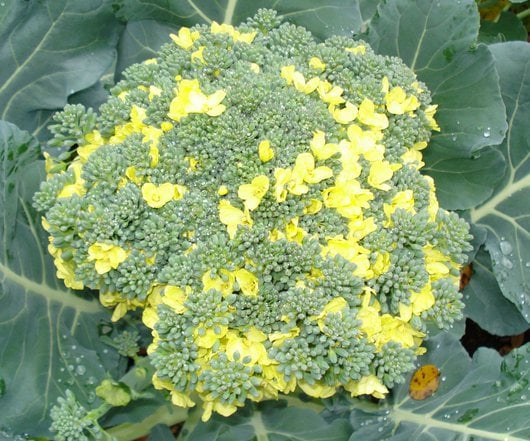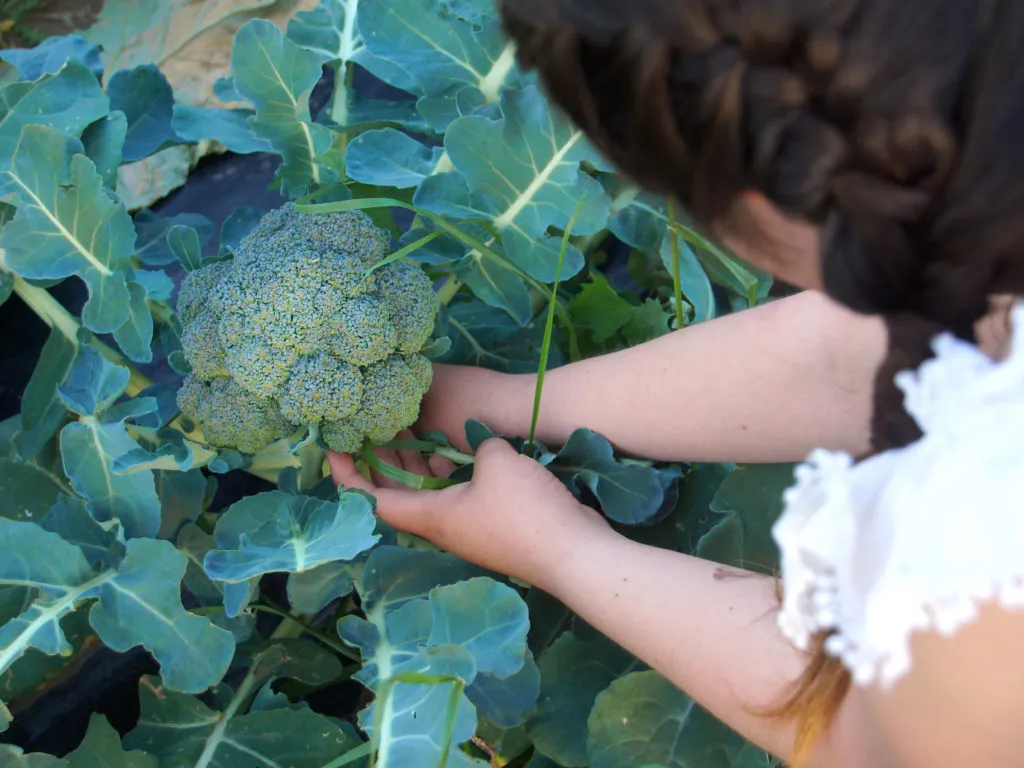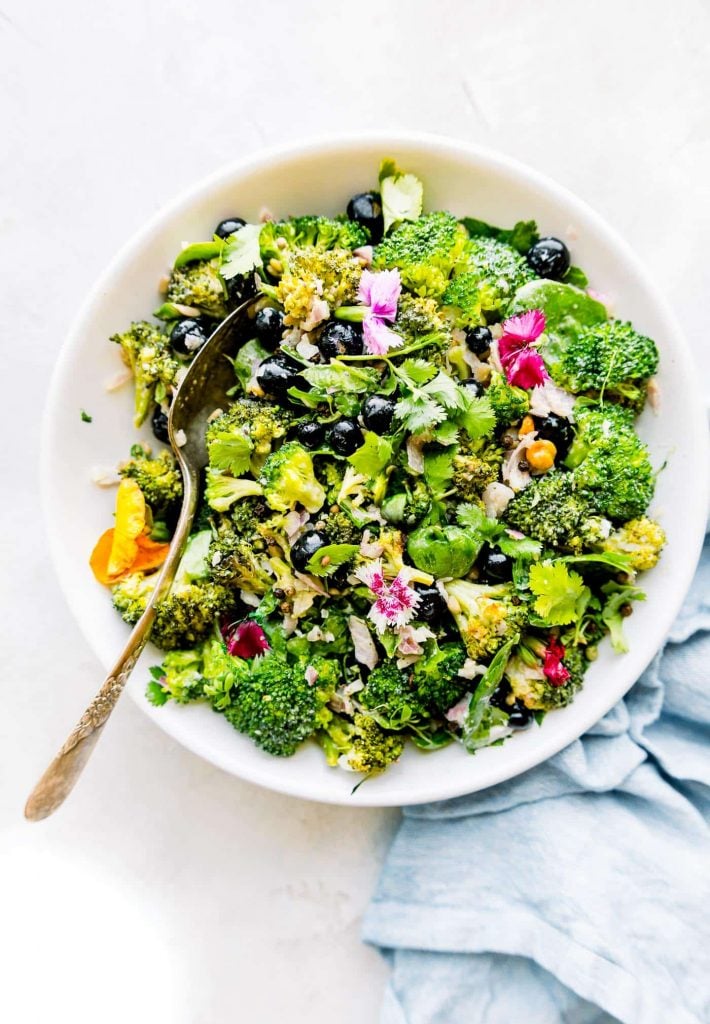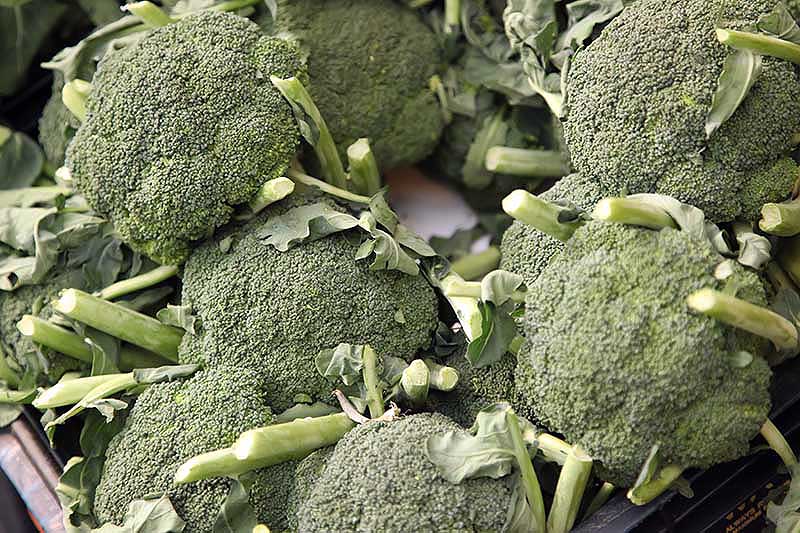Table of Contents
Have you ever wandered into your garden one hot summer afternoon to find your once-perfect broccoli now with scraggly stems, with flowers at the end of it? If yes, your broccoli has bolted (also called flowering), and instead of large florets that you love eating regularly or as a delicacy, it’s grown taller and flowered!
And now you’re beginning to wonder.
- What to do when broccoli flowers?
- Is it safe to eat broccoli flowers?
- How did this happen?
- How can I prevent this?
This article will help in answering all your questions and then some more.
So let’s begin.
Understanding Broccoli and Its Flowers

Broccoli, a green cruciferous vegetable, comes from the same family as your other favourite vegetables, like cauliflower, kale, and cabbage. It’s usually a cool-season crop and takes anywhere between 60-90 days to mature from the seed to the harvest stage.
There are several stages of growth in this period. It starts with the vegetative stage, where leaves and stems form. It then moves to the reproductive stage, where the flower buds are formed. When these flower buds are left to grow, the flowering stage begins with the formation of yellow flowers that produce seeds.
As the plant reaches the reproductive stage, there is a noticeable decrease in the quality, as the plant puts more energy into producing flowers and seeds rather than developing the broccoli florets.
The broccoli flowers have a slightly sweet taste with mild broccoli flavours and a hint of pepperiness. Some people find the broccoli flowers to have a grainy texture with an element of bitterness, making them unpleasant to eat, whereas a few other people often describe them as having a slightly crunchy flavour with a taste of nuttiness in them.
When to Harvest Broccoli

It’s important to pay attention to the growth if you want to harvest your broccoli at the right time, which is about 70-100 days after planting when the central head is compact and firm. The longer you wait, the tougher and more bitter your broccoli will get, leading to the formation of yellow flowers. It’s imperative to use a sharp knife to cut the central head about 6 inches below the head. This leads to producing side shoots by the plant, which can be harvested later! They’re not as big as the central head but just as delicious.
But if you’re unable to harvest the broccoli plant at the right time to prevent early flowering, it’s wise to understand what the causes for this usually are.
What Causes Flowering
It’s important to understand the causes of flowering as consumers, as it can affect the taste as well as the quality of the broccoli. So what are some common reasons why broccoli plants undergo flowering instead of producing good quality harvestable heads?
Let’s read on to know:
- Planting over-mature seedlings can lead to the seedlings becoming bound to the pot/mud and stressed, which leads to immature broccoli plants producing small heads early in the season, leading to flowering.
- Broccoli plants are known to grow best in a sunny garden with well-amended fertile soil. Planting in an inappropriate site with insufficient sunlight, small pots, or even poorly draining soil can lead to stress on the plant that leads to flowering.
- Broccoli plants have shallow root systems and need regular irrigation to form healthy, quality plants. Water stress or lack of water in certain areas can cause them to flower prematurely.
- Transplanting is a necessary process for most plants, but it more often than not causes stress to broccoli plants. Minimize this by transplanting early by not waiting for the plant to grow too big!
- The ideal temperature for broccoli is in the 60 to 70 F range. Excessive temperatures above and below this usually cause plants to bolt/flower or produce uneven and bumpy heads.
- Crowding plants can cause them to internally compete for resources to grow, such as nutrients, water, and soil space, once again leading to stress and bolting.
- The presence of weeds, insects, and other pests such as slugs, aphids, and so on can cause extreme stress as they compete for resources once again, leading to bolting.
- Infertile or poor soil causes indefinite bolting, as broccoli requires fertile soil with a pH in the 6.0 to 6.8 range.
What to Do When Broccoli Flowers?

Although a little unpleasant, as discussed, broccoli flowers are certainly edible and quite delicious at it! An unusual favourite, broccoli flowers are most known for their high nutritional content of vitamin C, fibre, and antioxidants. The plant is quite versatile in nature, and the flowers can be consumed in many ways for their nutritional value. Here are a few ways you can relish the flowers of broccoli:
- Raw in Salads: Broccoli flowers have a peppery taste and add that element of zing to salads. They pair well with almost any salad vegetable to make interesting salads.
- Cooked in Stir-Fries: since cooking is optimum for the flowers as they wilt, the slightly open buds can be used in stir-fries as they’re sturdier and can take the heat.
- As an Edible Garnish: Broccoli flowers can be used as an edible garnish for almost any dish, including soups, stews, quiches, pasta, or potato salads. Not only do they make the dish aesthetic to look at, but they also add that crunchy element!
- Broccoli Salad: There’s nothing that says summer salad like a pure broccoli salad. Add the flowers to your favourite cheese, toasted nuts, onions, garlic, and your preferred dressing!
There are other ways to enjoy broccoli flowers when it comes to consuming them. You can make a green smoothie or green tea if you love sipping on healthy drinks as a cleanser. Served best hot or cold, as per your choice.
It’s also a great complement to cheeses and meats as it has a peppery flavour that balances the richness and smokiness and is ready to serve at any event!
What Are the Health Benefits of Broccoli Flowers
Broccoli is not only delicious, but it’s also incredibly nutritious. It’s rich in vitamin C, vitamin K, vitamin A, folate, fibre, and antioxidants, which is a huge boost to the immune system, promotes healthy digestion, reduces constipation, helps in improving digestion, supports dental and oral health, and reduces the risk of chronic diseases amongst other benefits.
It’s also known that broccoli flowers may have anti-inflammatory properties, which help to reduce inflammation and alleviate symptoms of inflammatory conditions such as arthritis and asthma.
Conclusion
In conclusion, what to do when broccoli flowers can be served raw in salads, cooked in stir-fries, paired with cheese and meats, used as an edible garnish, added to green smoothies or teas, or simply used to make a broccoli salad, as they’re tasty, versatile and nutritious to the last flower.
Although steaming is also an option, avoid it, as the flowers will wilt and lose their texture! Broccoli is not only delicious, but it’s also incredibly nutritious. It’s rich in vitamin C, vitamin K, vitamin A, folate, fibre, and antioxidants, which can help to boost your immune system, improve digestion, and reduce the risk of chronic diseases.
So, whether you’re enjoying broccoli in a salad, stir-fry, soup, or on its own as a side dish, you can feel good knowing that you’re eating a healthy and delicious vegetable.
Now that we know what to do when broccoli flowers, let us know if you found this article helpful, and tell us your favourite recipes in the comments below.
Frequently Asked Questions
How Do You Cook Broccoli that Has Flowered?
Broccoli flowers are best cooked when it is stir-fried with a teaspoon of olive oil, salt, and pepper! Add a bit of garlic to saute along with it, as well as chilli flakes, and serve it with your favourite pasta at dinner for all! You can also serve them raw in dry salads or steam them if you prefer your greens that way.
What Does Flowering Broccoli Taste Like?
Broccoli flowers have a peppery taste that sometimes can also be smoky in flavour. The blossoms that are open are usually soft to taste, while the unopened ones are slightly on the crunchy side.
Is a Broccoli Stem or Flower Healthier?
Both the stems and flowers of broccoli are healthy as well as edible! The buds are usually rich in B-complex vitamins, while the stem contains properties that can prevent certain cancer types and also help in improving immunity.





